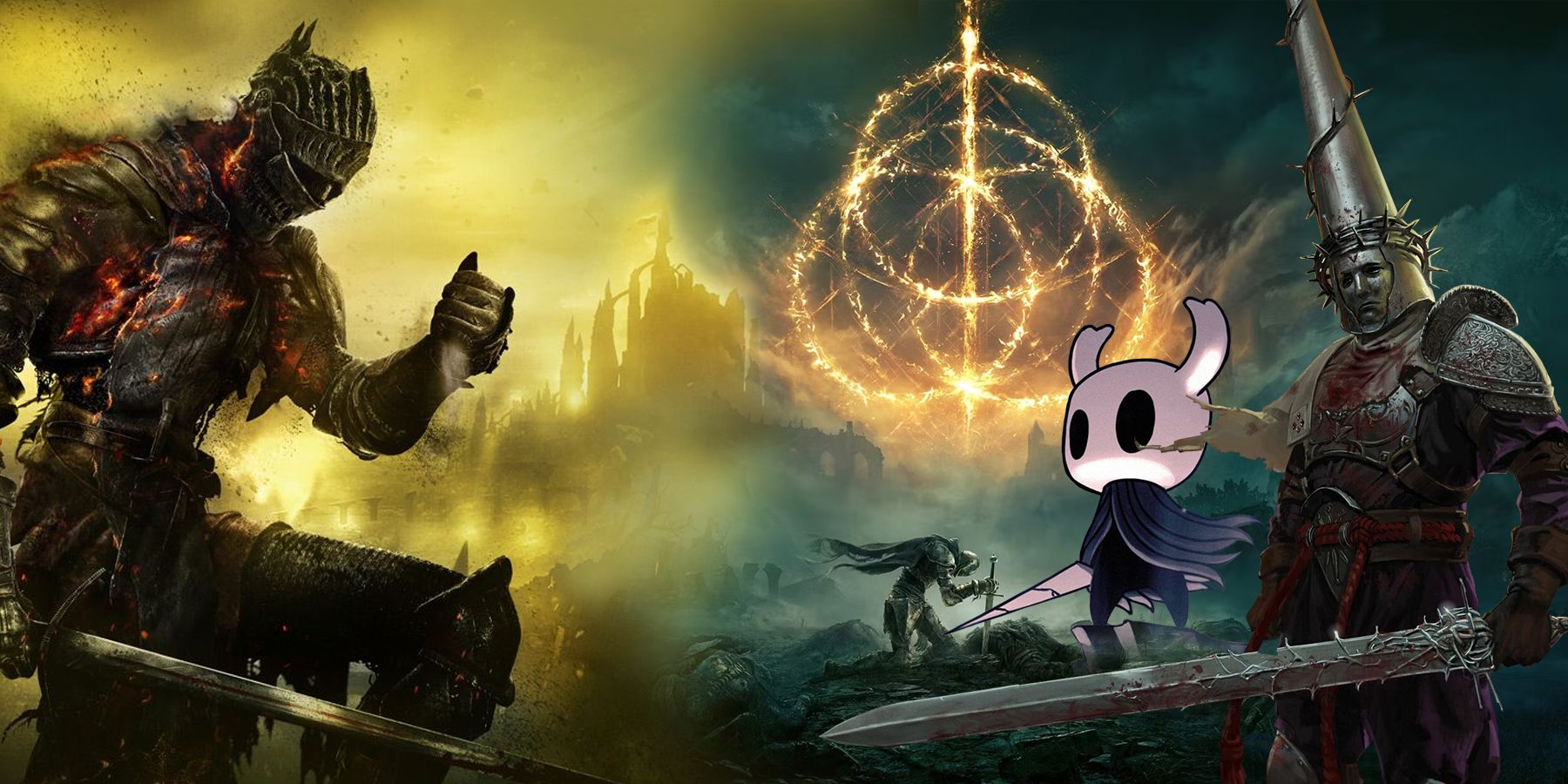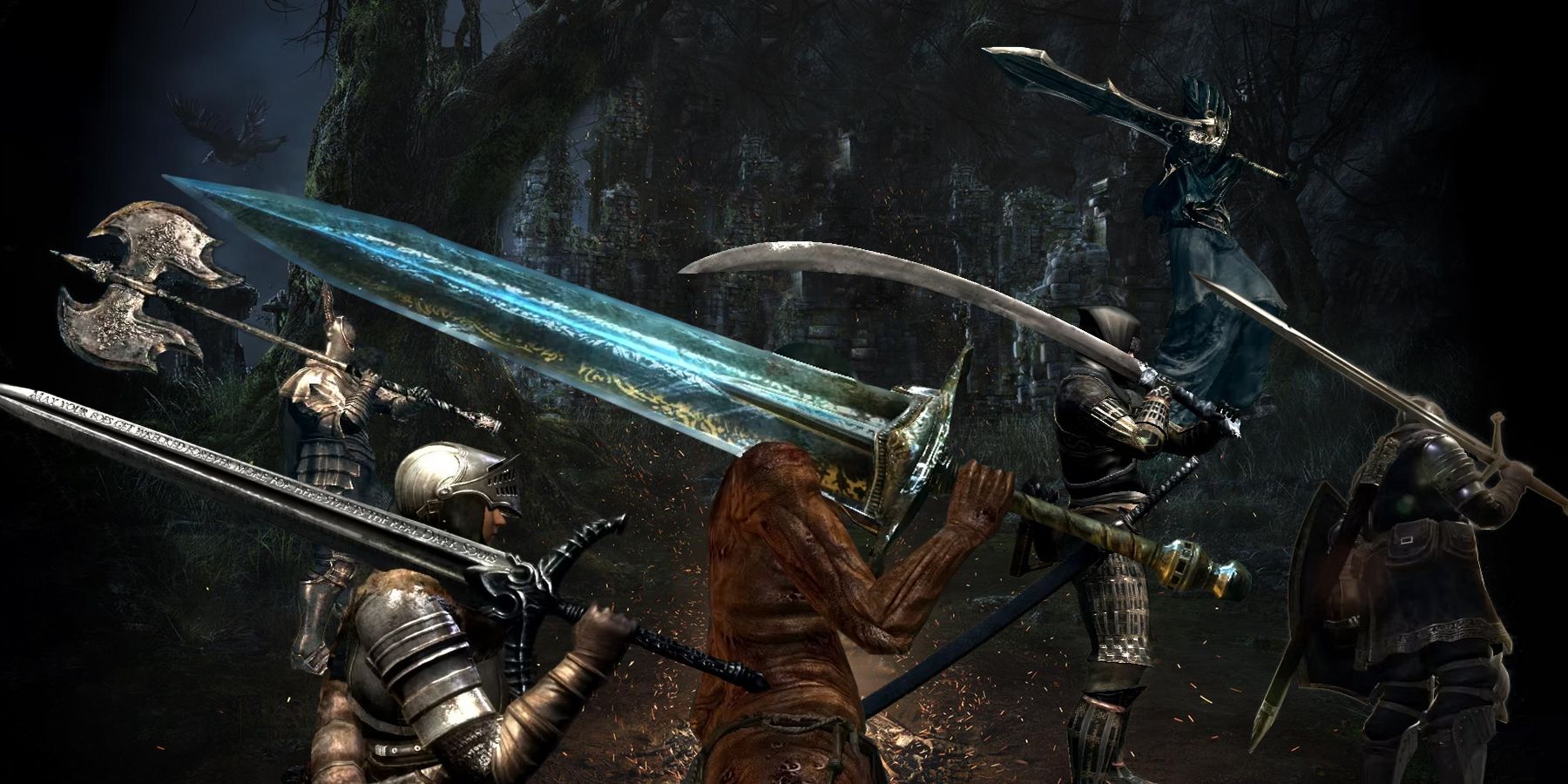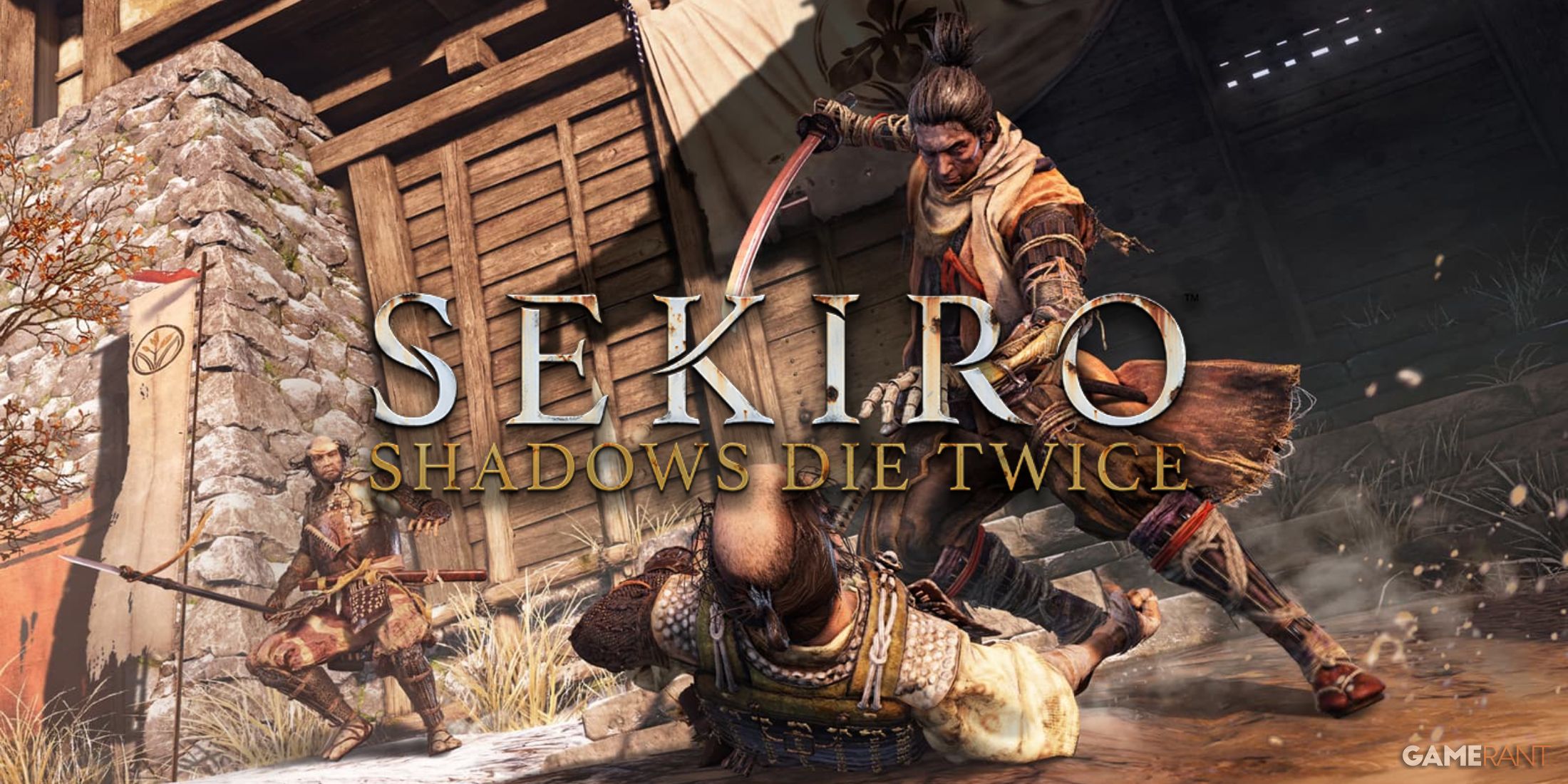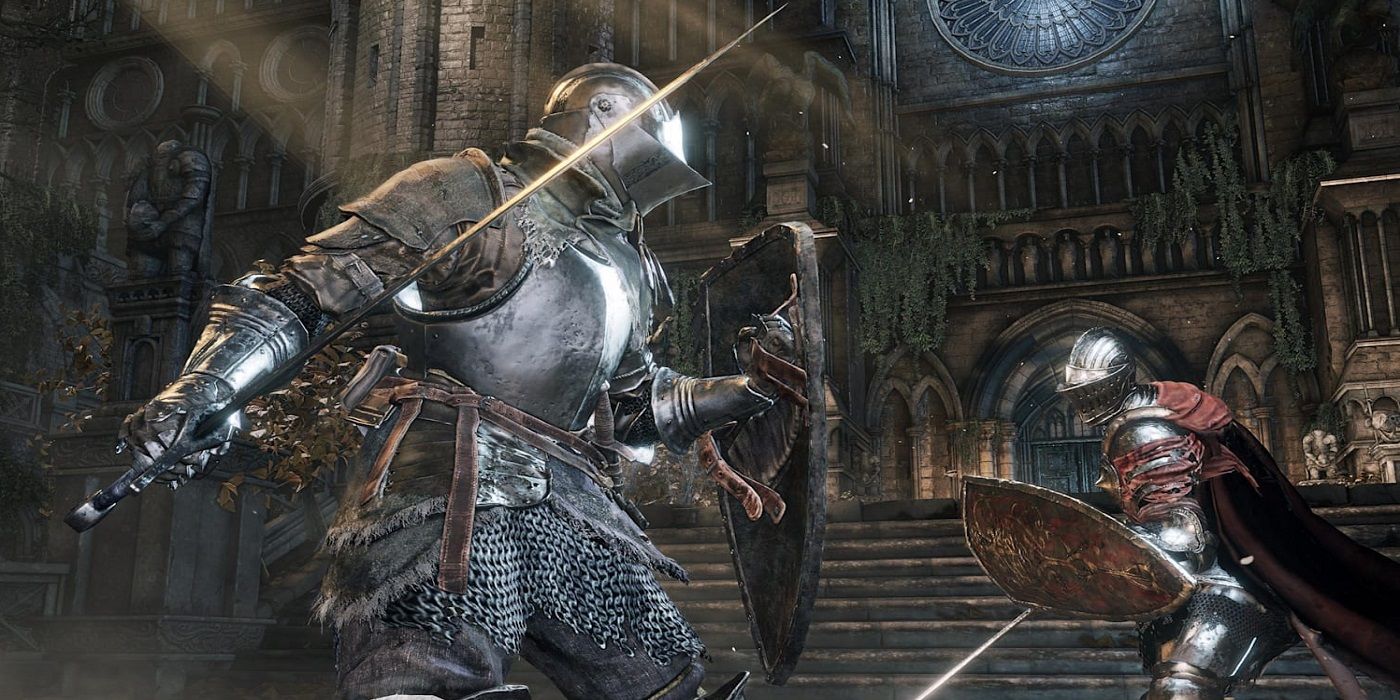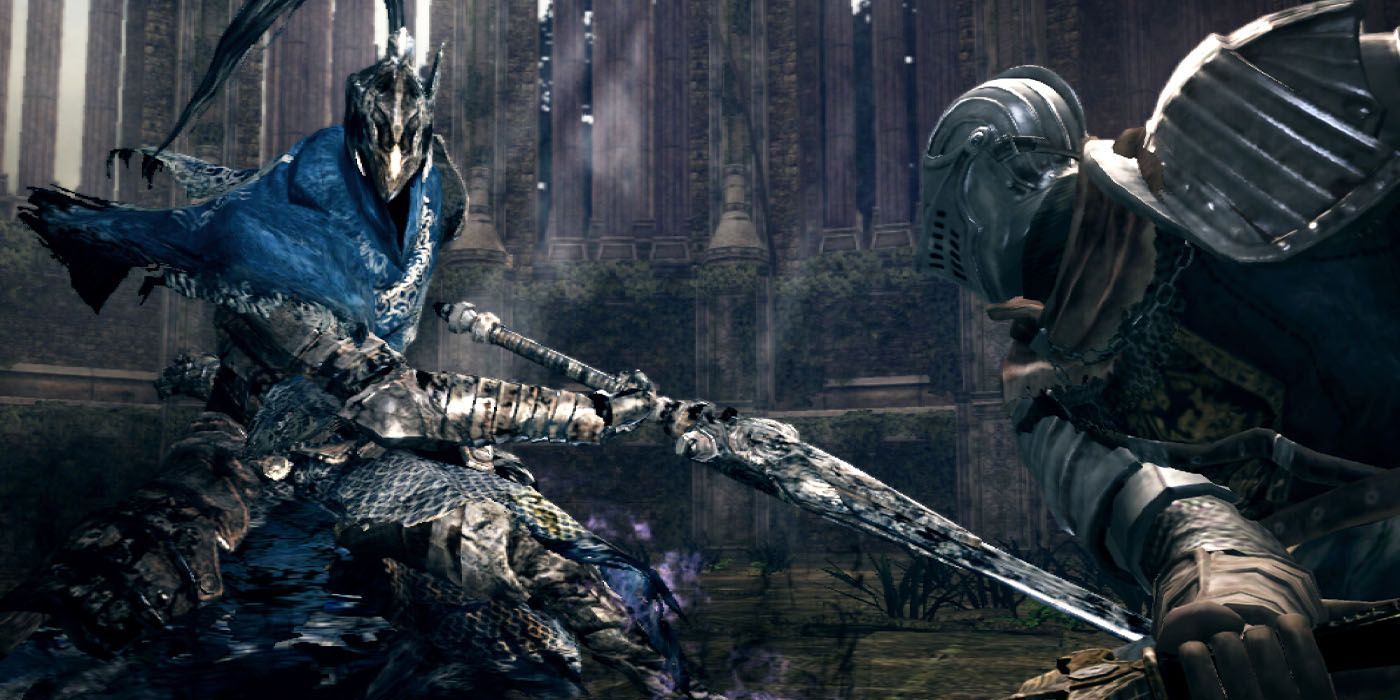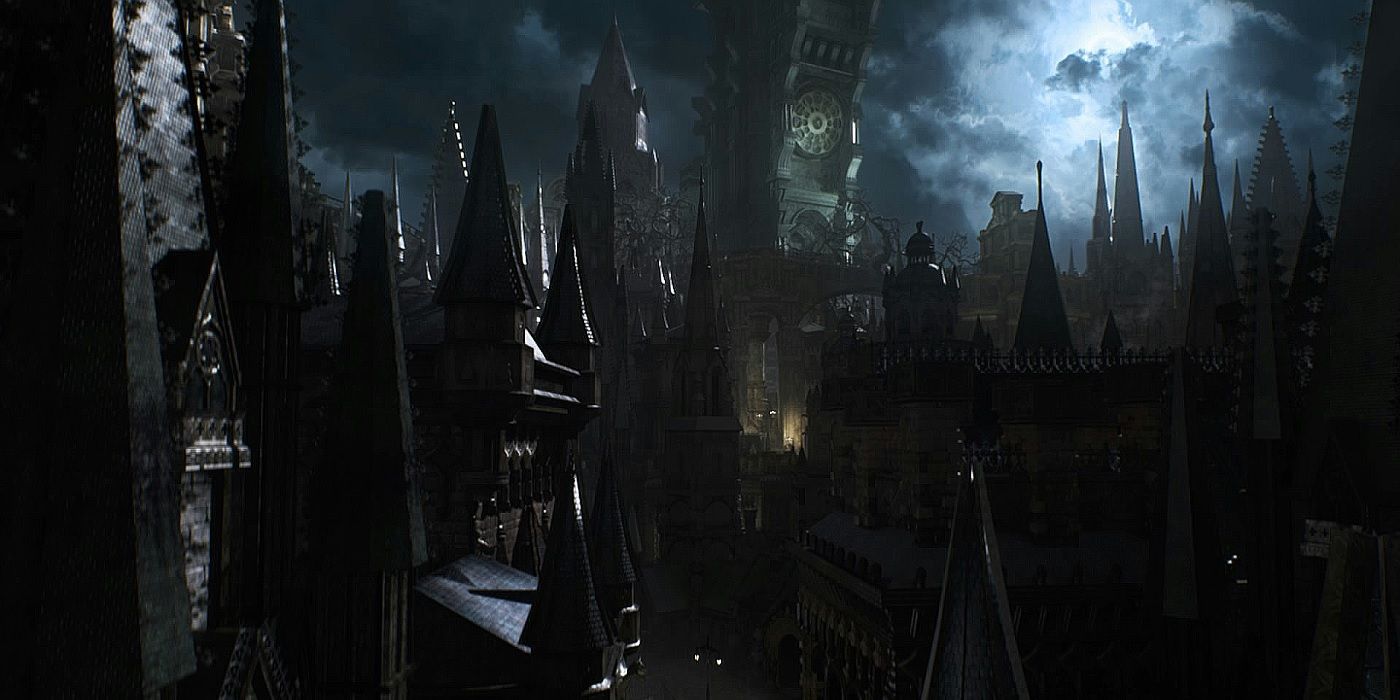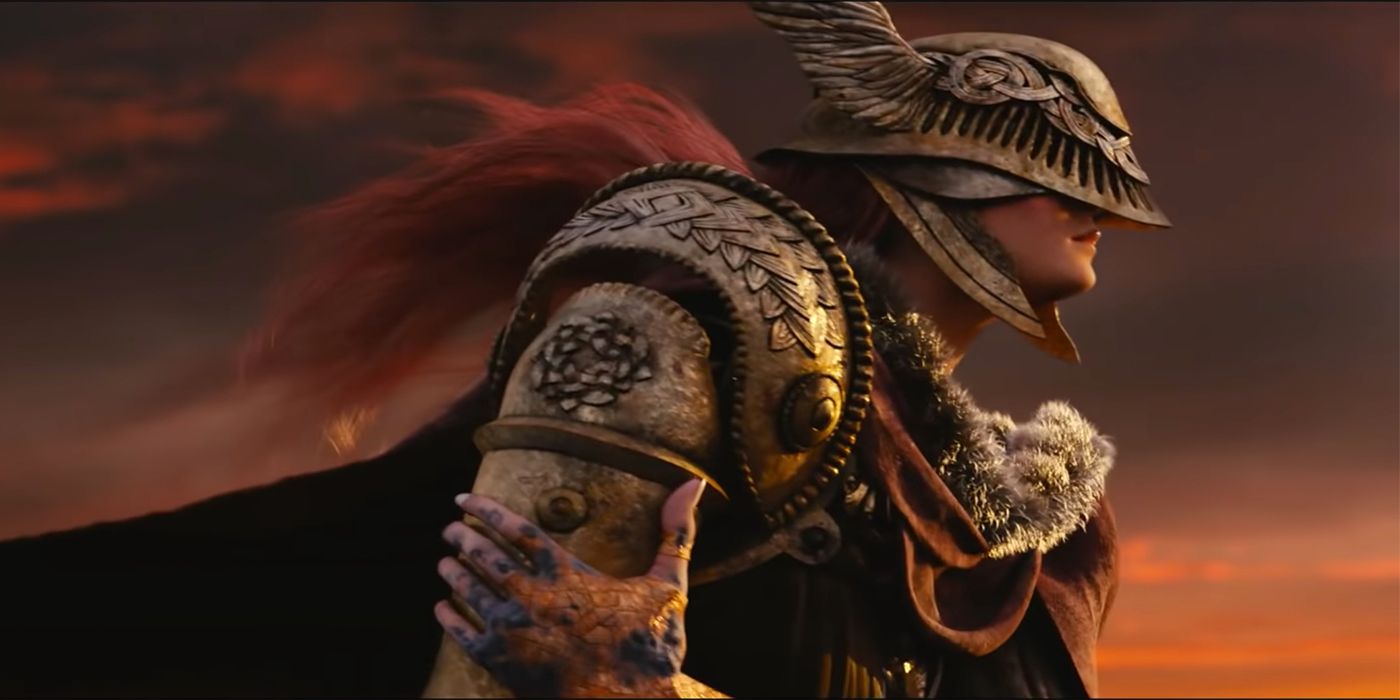Dark Souls was, simply put, a big deal. After its release in 2011, it received near-universal acclaim, and it wouldn't be too much of a stretch to say that most modern games have been touched in some way by the influence of Dark Souls.
However, a select few games directly represent the true legacy of Dark Souls. Bloodborne, Sekiro: Shadows Die Twice, and the much-anticipated Elden Ring all carry forward the torch that From Software lit nearly a decade ago. There are many Souls-like games out there, but few to none have been able to understand and evolve the formula to the depth that From Software itself has. Each successive game took some part of the original formula and realized it even further, creating a set of games that all feel like spiritual successors to the granddaddy of them all.
Dark Souls was not the first game in the Souls series- it was preceded by Demon'sSouls- but Dark Souls was the game that popularized the formula and achieved widespread success. The original game certainly deserves to be revisited, but short of a Demon's Souls remaster very few fans will get the chance to experience it first hand.
The Key Ingredients of Dark Souls
Souls-like games are aplenty, so much so that games that mimic the Dark Souls formula have blossomed into an entire sub-genre of RPG. Despite the fact that Dark Souls was rushed, occasionally repetitive, and in some places deeply broken (Lost Izalith, Blighttown, the list goes on), it had a special something that forced people to look past those massive flaws and recognize it as an all-time masterpiece. There are a few key components that seem obvious now, but at the time their combination was groundbreaking.
The most prominent piece of the Dark Souls puzzle and the one that developers other than From Software have the most difficulty emulating is level design. The first Dark Souls game was almost entirely a single, homogeneous landscape connected by backtracking secret passages, kick-down-able ladders, elevators, and various doors that "appear to be locked from the other side." Circular, vertical level design is one thing, but From Software also has a gift for densely packing its areas with clues, items, and secret paths that deliver a special sense of joy when the puzzle of an area is fully solved. That level design is interwoven perfectly with environmental storytelling. Every area tells a part of the game's rich story through its layout, monsters, and the items scattered throughout.
The other most prominent feature of Dark Souls is its difficulty, so much so that the name "Dark Souls" has become a sort of shorthand for describing punishingly hard game design. The difficulty of games like Dark Souls has spawned endless debate about accessibility and artistic expression in games, but Dark Souls' difficulty is often misunderstood. Dark Souls isn't hard. It just needs to be figured out through trial and error. Once a player knows what they are doing, almost every area, enemy, or challenging boss has a gimmick, a pattern, or an easy trick that makes it easier to defeat. Summon in a friend or AI phantom, equip a certain item, use a particular strategy, or just know the layout of the area, and most of the original game's segments become easy.
The last few elements that made Dark Souls what it is should not be overlooked: the depth of lore and the way that every game mechanic was related to a story element in some way make the game immersive in a way that few games ever manage. The dark, brooding aesthetic filled with subtle intonations and philosophical themes was something new and engaging at the time, and the way that the player character slowly grew over time through small, constant level ups made growth feel organic, steady, and earned. All of these elements have grown and evolved in subsequent titles, but none more so than combat and difficulty.
Bloodborne Changes the Dark Souls Formula
Bloodborne was the first From Software game to take the Souls-like formula in a totally new direction, roughly a year after the release of Dark Souls 2. Bloodborne seemed to totally re-invent the wheel at the time, using an entirely new visual style and setting while simultaneously overhauling traditionally slow, methodical Dark Souls combat into fast-paced mayhem. Even though it was a PlayStation exclusive, it gained a massive following, and fans are anticipating a Bloodborne sequel to this day.
While its story and aesthetic are very different from Dark Souls at first glance, many of the same dark themes and storytelling techniques apply to Bloodborne, giving it that classic From Software feel. The most important thing that Bloodborne did for Souls-like games in general was change up the combat. Transforming weapons, fast, aggressive fights, and a focus on timing quick, agile dodges all totally shook up the formula for the better.
Dark Souls' combat was best dealt with by using strong armor, a thick shield, and judiciously timed rolls. More agile builds were always an option, but a slower pace was the dominant method for winning safely. Bloodborne forced players to adopt a bob-and-weave strategy, encouraging aggressively DPS-racing bosses rather than blocking and waiting for an opening. Those changes made the difficulty of combat less about finding a weakness or gimmick, and more about learning the timing and moveset of a boss to test the skills and reflexes of the player.
When Dark Souls 3 came out, it had adopted much more of that style of combat, perfectly balancing a slightly slower, more defensive pace with crisp movement and precise timing in every fight. Bloodborne's contribution to the Dark Souls legacy is combat that gives the player perfect control of their character and forces them to use every tool in their belt to beat the game. From that point on, Souls-likes were also defined by a precision and fluidity of combat that the first Dark Souls was unable to fully realize in its time.
Sekiro Branches Off
Sekiro took the combat of Bloodborne and Dark Souls 3 and ran with it, totally throwing out the RPG elements of previous From Software games in favor of refining the combat to its most focused degree yet. Sekiro was easily the most difficult From Software game yet, but it could afford that difficulty because it gave the player a single set of tools and demanded total mastery of them. In previous games, the player always had the ability to choose from a variety of powerful weapons and builds, ultimately forcing boss design to accommodate several possible approaches.
In Sekiro, the developers took an action-adventure game approach and designed every boss around a single weapon, a single moveset, and a select few gadgets. That gave the game some of the most polished fights possible, but it also took away replayability, co-operative and multiplayer play, and the freedom to experience the game in whatever way the player wished. Those were compromises that were present in all of its predecessors, but Sekiro earned its success by refusing to compromise, even if it meant losing some of the special sauce that made the original Dark Souls formula so great.
Of course, Sekiro was also one of the most beautiful games of 2019, and its story and visual design were a result of From Software being its best. Similar to its combat, it took a new approach to traversal with the introduction of the grappling hook. The extra freedom of movement allowed for even more dizzyingly dense, vertical, and satisfying level design, for which Sekiro deserves just as much credit as its combat.
How Will Elden Ring Complete the Formula?
To torture a metaphor, Elden Ring promises to be the heads to Sekiro's tails on the coin of realizing Dark Souls' legacy. Elden Ring will be the opposite of Sekiro because it will expand on the RPG side of the Dark Souls formula that Sekiro got rid of. Dark Souls always had a conflict between focused boss design and allowing the player the freedom to use whatever weapons or build they desired, and Elden Ring promises to allow greater freedom than before.
Elden Ring will also be a return to the dark fantasy roots of Dark Souls, while both Sekiro and Bloodborne went in new and different directions. While Elden Ring's lore will still be different to Dark Souls thanks to the involvement of George RR Martin, it is still very intriguing to see more medieval fantasy out of From Software. The inclusion of Norse mythology into the equation is also exciting, as it will push the lore even deeper into new territory.
Elden Ring is set to be the most ambitious and largest From Software game yet, but how exactly it will re-imagine the Dark Souls formula and continue its legacy remains to be seen. Deep RPG elements, familiar story beats, and challenging bosses are to be expected, but From Software tends to under-promise and over-deliver. Whatever they do, fans can only hope that it will continue to push the boundaries of level design, lore presentation, and rewarding challenge.
Elden Ring is currently in development for PC, PS4, and Xbox One.

